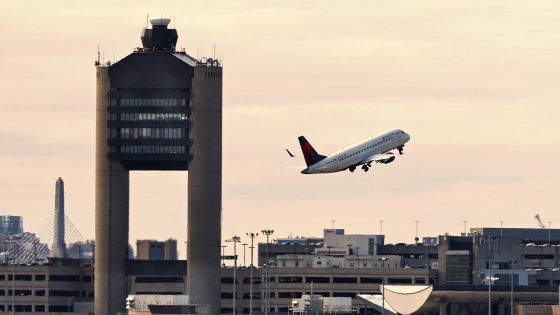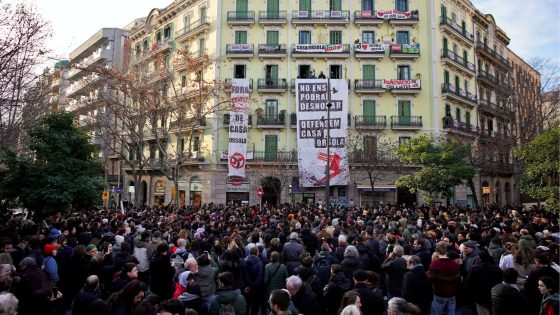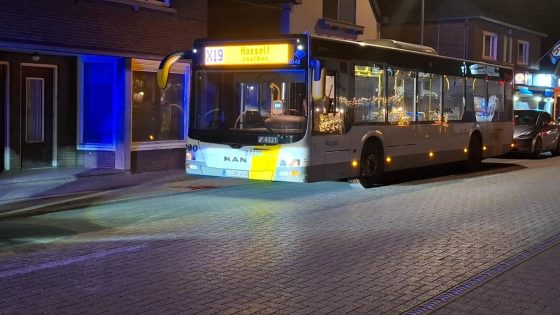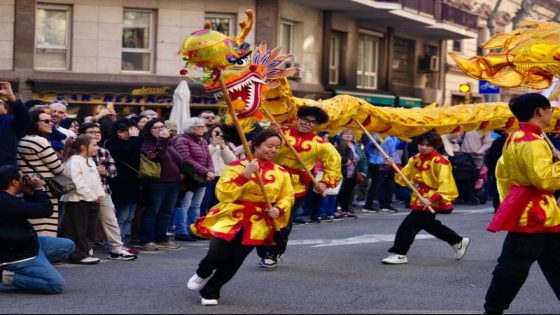Castellar de n’Hug, a small municipality in Spain, is facing a significant decline in sheep farming. Once home to thousands of sheep, the area now struggles with just 20 remaining. What led to this dramatic change?
- Castellar de n'Hug has a rich pastoral history.
- Sheep population drastically decreased from 8,000 to 20.
- Young farmer Joan Planella keeps sheep for sentiment.
- Transition from sheep to beef cattle prevalent.
- Forest overgrowth due to loss of sheep grazing.
- Emotional connection remains with pasturing sheep.
The Decline of Sheep Farming in Castellar de n’Hug: Causes and Consequences
Why are sheep disappearing from Castellar de n’Hug? The answer lies in economic pressures and changing agricultural practices. With only 160 residents, the village has lost most of its sheep, once numbering around 8,000. Farmers like Joan Planella and Josep Armengou have transitioned to beef cattle, citing profitability and labor demands.
The Shift from Sheep to Cattle: What It Means for Local Agriculture
This transition from sheep to cattle farming is not just a local issue; it reflects a broader trend across Spain. Farmers are facing challenges that make sheep farming less viable, including labor intensity and economic sustainability.
Understanding the Impact of Sheep Decline on the Ecosystem
The reduction in sheep numbers has ecological implications. Sheep play a crucial role in maintaining the landscape by controlling underbrush and promoting biodiversity. Without them, forests may become overgrown, leading to potential fire hazards.
- Sheep grazing helps maintain open landscapes.
- Fewer sheep can lead to increased forest density.
- Loss of traditional farming practices affects local culture.
- Economic shifts may lead to fewer farmers entering the industry.
The Emotional Toll on Farmers and Communities
For many farmers, the loss of sheep is not just an economic issue; it’s deeply personal. Farmers like Josep recall with nostalgia the days of herding sheep, illustrating the emotional connection between farmers and their livestock. This change represents a loss of heritage and community identity.
As Castellar de n’Hug grapples with this transformation, the future of sheep farming remains uncertain. Will new generations of farmers embrace traditional practices, or will the shift to cattle continue? The answers could shape the region’s agricultural landscape for years to come.






























